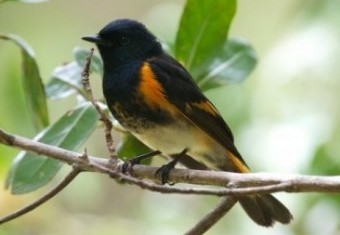

Abstract
Although climate change is widely perceived to be a conservation issue of the future, changes over the last century have already led to noticeable impacts on bird populations. Ranges of montane species may be the most susceptible to warming in the absence of higher, cooler sites to colonize, resulting in the critical need to focus our management strategies on adapting to climate change in high elevation areas. At the same time, empirical studies of climate change impacts have largely ignored other drivers of distribution changes, including anthropogenic and natural vegetation change and invasive species. My research studies the changes in bird communities in the southern Appalachian Mountains over the last 70 years. Using historical data from two points in time as well as newly collected data, I am building dynamic occupancy models to test the relative strength of drivers (including climate change, invasive species, and habitat change) in causing occurrence changes to species over time. Results are being used to parameterize predictive distribution models, aiming to test how different drivers result in different future community predictions. This research will provide valuable empirically-based inference on how habitat change, invasive species, and climate change synergistically or antagonistically work to affect bird community composition over long time scales in a protected ecosystem.
